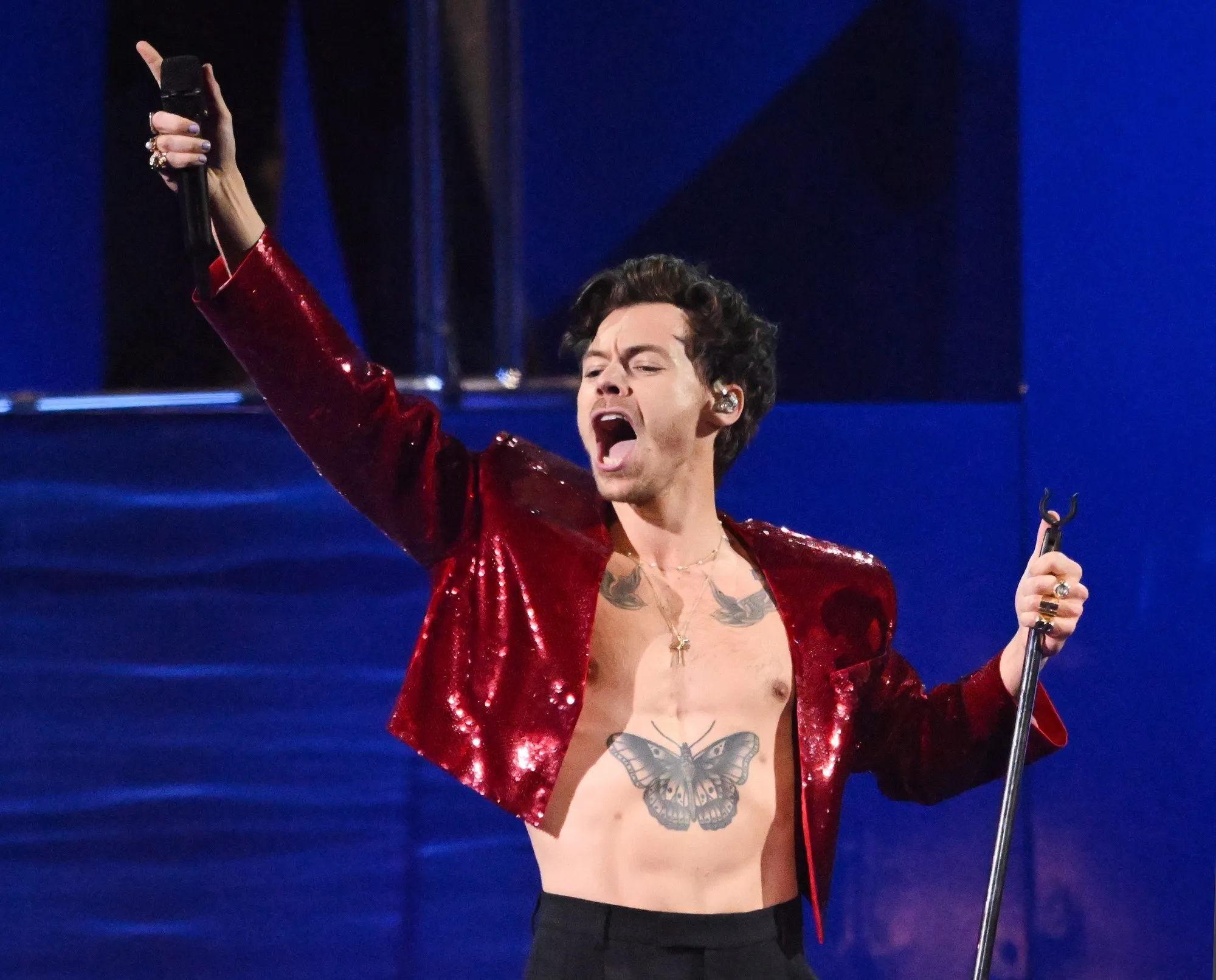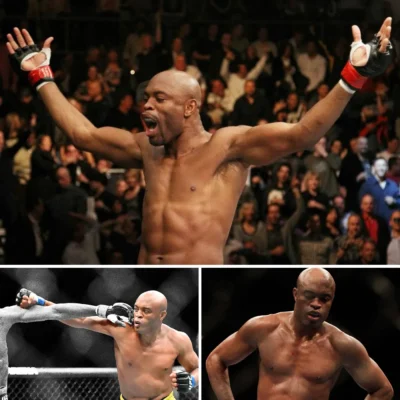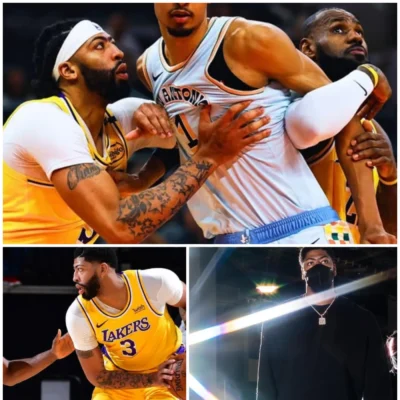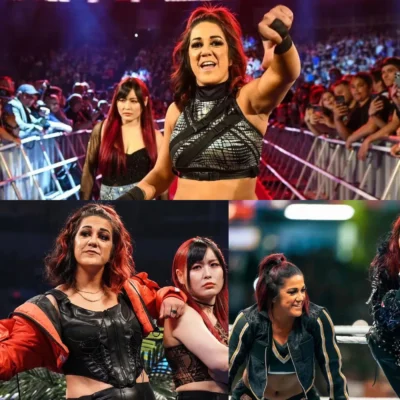

Margot Robbie Faces New Crisis: New Movie At Risk Of Total Flop!
When Barbie hit theaters in 2023, it became a cultural juggernaut. With Margot Robbie at its core as an iconic pink-clad heroine, the film raked in over $1.4 billion worldwide, including a staggering $162 million opening weekend in the U.S. alone. It was not just a box office triumph—it redefined expectations for female-led blockbusters.
Now, with her next film A Big Bold Beautiful Journey set to release on September 19, Robbie returns not with flash and spectacle, but with nuance and emotional authenticity. Early Box Office projections estimate a domestic opening weekend of $10–15 million—more than 90% less than Barbie—a dramatic shift that signals a bold recalibration in Robbie’s career trajectory.
Examining the Numbers: Why This Isn’t a Fail
At first glance, this figure may sound underwhelming—especially when contrasted with the record-smashing success of Barbie. But equating early box office projections with failure would be oversimplifying the picture.
Barbie represented a special moment in pop culture: brand recognition, blockbuster marketing, and global appeal. By contrast, A Big Bold Beautiful Journey positions itself within a more introspective, adult-oriented cinematic space. It’s a character-driven story, not a global spectacle.
Films of this nature often cultivate momentum through word-of-mouth, critical buzz, and awards recognition rather than through overwhelming opening numbers. Titles like Lady Bird, La La Land, or Brooklyn are prime examples—movies that built enduring success on the strength of storytelling and performance. For Robbie’s new project, $10–15 million may prove to be a solid start—a foundation rather than a ceiling.

What the Film Offers: Love, Memory, and Emotional Resonance
The premise behind A Big Bold Beautiful Journey couldn’t be more different from plastic rainbows and toy boxes. Margot Robbie stars as Sarah, who encounters David (played by Colin Farrell) at a mutual friend’s wedding. That chance meeting becomes a profound exploration—not only of present connection, but of how past decisions, regrets, and dreams shape who we are today.
Described as “whimsical” and “heartfelt,” the film dives into themes of memory and emotional reclamation. It’s intimate, contemplative, and grounded in performance—characteristics more aligned with independent cinema than with summer blockbusters.
The Director’s Vision: Why Kogonada Matters
A critical but often overlooked aspect of A Big Bold Beautiful Journey lies in the name behind the camera: Kogonada. For cinephiles, this is not a new name. Known for his visually poetic and emotionally restrained films such as Columbus (2017) and After Yang (2021), Kogonada brings an entirely different energy to the project than what we saw in Greta Gerwig’s Barbie.
Whereas Barbie was kinetic, colorful, and loud, Kogonada’s direction is meditative, visual, and thoughtful. The pairing of Margot Robbie, a global superstar, with a director celebrated in arthouse circles is both unexpected and fascinating. It suggests a deliberate choice on Robbie’s part: to dive deeper into character, setting, and silence.
This collaboration opens the door for a unique kind of cinematic experience—one not concerned with mass-market appeal but rather with emotional texture and philosophical inquiry. For those tired of formulaic screenwriting and action-overload, this film could be a refreshing palate cleanser.
Colin Farrell’s Subtle Brilliance
While Margot Robbie naturally dominates headlines, Colin Farrell‘s role as David cannot be ignored. Coming off the back of his critically acclaimed role in The Banshees of Inisherin, Farrell has evolved into one of the most compelling dramatic actors of his generation.
His performances have always been rooted in emotional complexity—often portraying men burdened by regret, loss, or moral ambiguity. In A Big Bold Beautiful Journey, his chemistry with Robbie is being described in early buzz as “deeply human” and “surprisingly tender.”
Farrell’s contribution ensures that this is not a one-sided narrative. It’s a duet—a conversation between two people at pivotal moments in their lives. Their shared journey could resonate with audiences who are craving cinema that reflects the emotional reality of adulthood rather than the fantasy of eternal youth.
Robbie’s Artistic Pivot: Further Evidence of Creative Maturation
After stepping off the Barbie hype train, Margot Robbie embraced new roles—both on screen and behind the camera. During a brief hiatus from acting, she became a mother and continued producing through her company, LuckyChap Entertainment, backing projects like Saltburn, My Old Ass, and Borderline.
Her decision to collaborate with Kogonada, known for emotionally delicate stories, signals a candid artistic turn. In A Big Bold Beautiful Journey, Robbie isn’t chasing commercial fireworks—she’s choosing emotional complexity.
This shift demonstrates her refusal to remain two-dimensional. She’s no longer a starlet riding the waves of mainstream success. She’s an artist aiming for richer terrain.
Critical Reception Could Shift the Box Office Trajectory
While the Box Office forecast remains modest, early screenings and critic reactions could substantially alter the film’s financial outlook. We’ve seen this happen before—films like Everything Everywhere All At Once or Moonlight began with low financial projections but exploded in popularity due to critical acclaim and festival wins.
If A Big Bold Beautiful Journey receives strong reviews—particularly praising Margot Robbie’s performance or Kogonada’s direction—it could experience a significant second-weekend bump and longevity at the specialty box office.
It’s also positioned strategically in September, which is often the start of awards season buzz. That alone could help the film enjoy a longer theatrical run, especially if it finds support among Academy voters and industry peers.
The Bigger Picture: Margot Robbie’s Influence on Female-Led Cinema
There’s also a meta-narrative here worth noting. Through LuckyChap Entertainment, Margot Robbie has made it her mission to support female-led and female-created stories in Hollywood. This film, although not female-directed, still represents another stepping stone in her efforts to reshape the narratives traditionally offered to women in film.
Rather than playing the romantic interest, the sidekick, or the damsel, Robbie is choosing complex, multifaceted roles that challenge emotional norms and explore identity, grief, choice, and self-awareness. She’s not just participating in the conversation around representation—she’s actively shaping it.
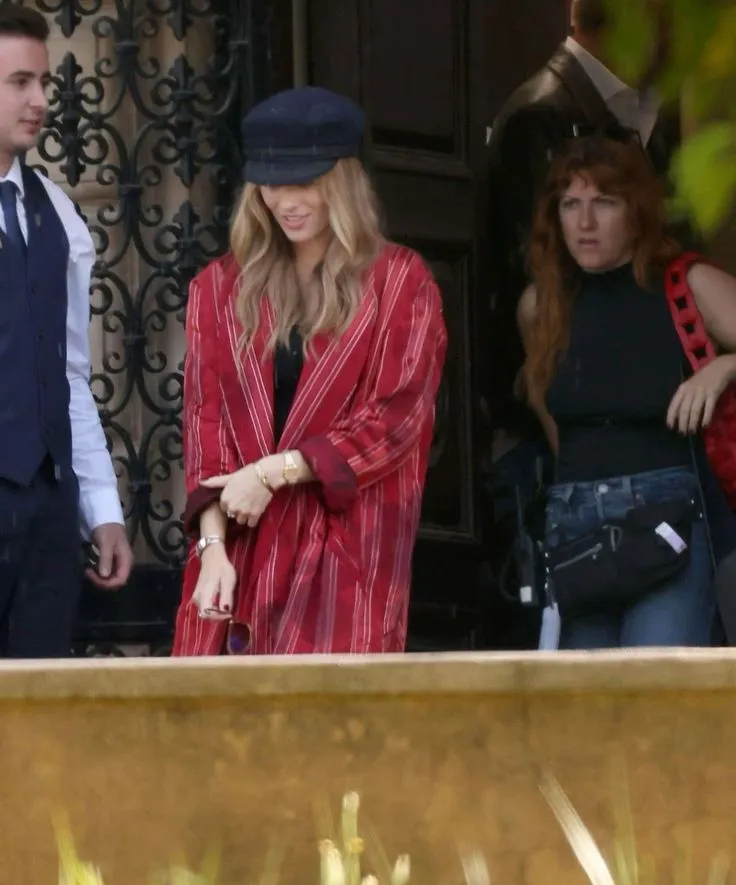
Conclusion: A Journey Worth Taking
In a world saturated with sequels, superheroes, and cinematic universes, A Big Bold Beautiful Journey feels like an intentional slowdown—a chance to breathe, reflect, and feel. And in that quiet, there is power.
Though it may open to only $10–15 million, and though it may never come close to the billions grossed by Barbie, this film is something else entirely. It’s a testament to Margot Robbie’s evolution, Colin Farrell’s acting brilliance, and Kogonada’s artistic integrity.
This is not just a film. It’s a statement.
And if audiences are ready to listen, it could become one of 2025’s most meaningful cinematic experiences.









